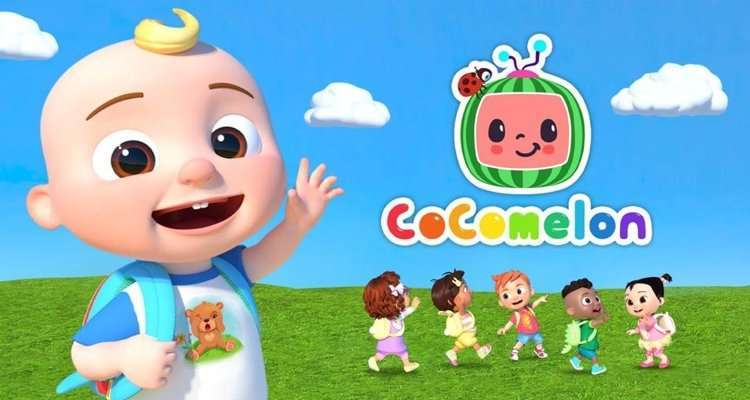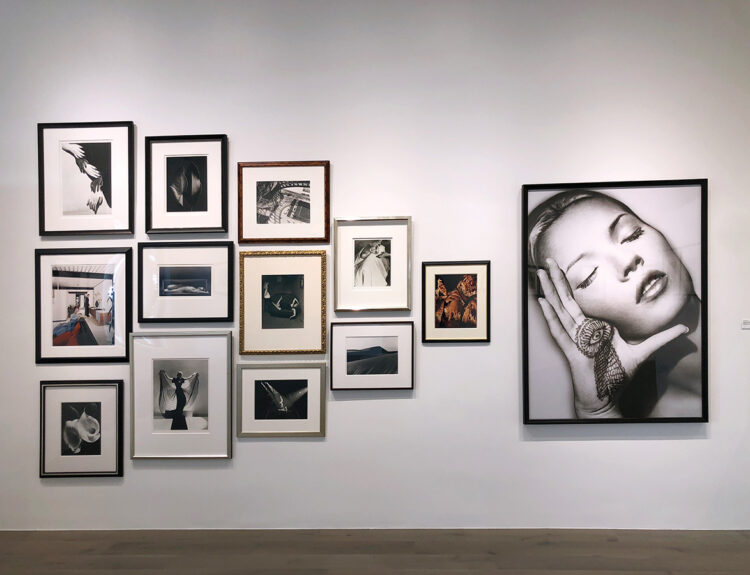In every corner of the world, across centuries and civilizations, music has held a singular position in the human experience. It is, in many ways, the most accessible and universal form of art—an invisible thread that weaves itself through memory, emotion, culture, and even identity. To speak of music is to speak of humanity itself. It transcends language, erases boundaries, and evokes the deepest corners of the soul with a potency that few other forms of expression can match.
What makes music so profoundly powerful? At its essence, music is a structured form of sound, arranged in rhythm, melody, harmony, and timbre. Yet, it is far more than its technical components. It is a conduit of feeling, a means of storytelling, and often, a reflection of the time and space in which it is created. From the haunting resonance of a cello solo to the jubilant pulse of a tribal drum, music gives shape to that which cannot always be articulated with words.
From a historical perspective, music has always mirrored the evolution of human society. In ancient times, it served ceremonial purposes—used in rituals, spiritual practices, and communal gatherings. Indigenous cultures across continents utilized music not just for entertainment but for healing, communication with nature, and preservation of oral traditions. As societies became more complex, so did their music. The classical traditions of Europe, the intricate ragas of India, the pentatonic scales of East Asia—all represent sophisticated systems of sound developed to express complex philosophical, emotional, and spiritual ideas.
Yet, even in its most basic form, music fulfills a primal need. A lullaby sung to a child, a hum while working, or a spontaneous song around a campfire—all remind us that music predates written history. It is embedded in our instinct, a form of emotional regulation and connection that has existed long before the first symphony was composed or the first instrument crafted.
In contemporary society, music continues to evolve at a breathtaking pace. The 20th and 21st centuries have witnessed an explosion of musical genres, subgenres, and fusion styles. Jazz, rock, hip-hop, electronic, pop, folk—each genre serves a unique cultural function, each speaks to different moods and communities. The digital age has further revolutionized the music landscape. With streaming platforms, social media, and global connectivity, an artist in Lagos can inspire a listener in Stockholm within seconds. This unprecedented accessibility has created a rich tapestry of global sound, breaking down barriers and fostering cross-cultural dialogue.
Yet for all its variety, the emotional core of music remains unchanged. Music still moves us—sometimes in ways we can’t explain. A certain melody can bring tears to the eyes, stir a long-forgotten memory, or provide comfort during life’s darkest hours. Neuroscientific research has revealed that music activates regions of the brain associated with reward, emotion, and memory. It’s no wonder that people turn to music for both celebration and solace.
Indeed, the therapeutic power of music is being increasingly recognized in the fields of psychology and medicine. Music therapy is now widely used to support mental health, aid in trauma recovery, and improve cognitive function in patients with neurological disorders. In dementia care, familiar songs have been shown to reawaken parts of the brain thought to be inaccessible, sparking recognition and joy in patients who have otherwise lost connection to the world around them. Such instances are nothing short of miraculous, underscoring music’s unique ability to tap into our innermost being.
Beyond its individual impact, music also plays a pivotal role in community and social life. National anthems, protest songs, and festival chants have long been tools for collective identity and solidarity. Music amplifies movements, gives voice to the voiceless, and immortalizes moments in history. Think of Bob Dylan’s role in the civil rights era, or Fela Kuti’s Afrobeat as a tool of political dissent. Music, in these contexts, is not mere art—it is agency.
Of course, music is also a deeply personal journey. Our playlists are as intimate as our journals, each track a reflection of who we are, what we’ve felt, and who we hope to become. The music we love becomes a part of us. It shapes our worldview, colors our experiences, and often accompanies us through life’s milestones. A wedding, a graduation, a breakup, a road trip—these events are not only remembered by their visual or verbal details but by the soundtrack that played in the background.
It is also worth noting that music fosters discipline and creativity in those who create it. Learning an instrument, composing a song, or performing live requires patience, practice, vulnerability, and an openness to exploration. In educational contexts, music enhances cognitive development, improves linguistic skills, and encourages empathy. For the artist, music is a medium of self-discovery; for the listener, it is a mirror to the soul.
In an increasingly fragmented and fast-paced world, music offers a rare and sacred pause. It invites us to feel deeply, to listen closely, and to connect meaningfully. Whether experienced in the intimacy of headphones or the collective energy of a concert hall, music has the power to unite us in ways that few other experiences can.
Ultimately, music is not just something we hear—it is something we live. It shapes our mood, enriches our culture, and expresses the inexpressible. To engage with music is to embrace the full spectrum of what it means to be human: joyous and broken, searching and whole, quiet and resounding. And in this dance between silence and sound, we find not only entertainment but a deeper understanding of ourselves and one another.






